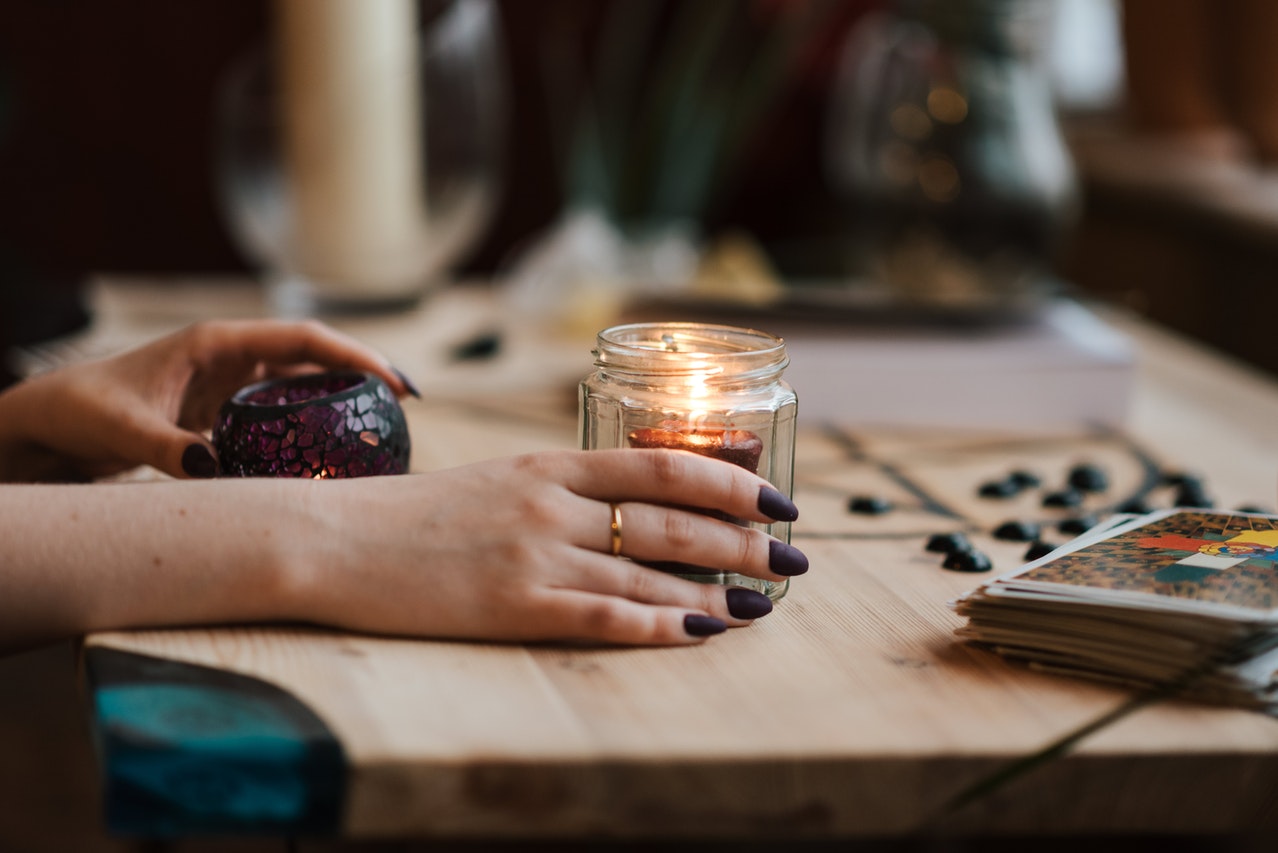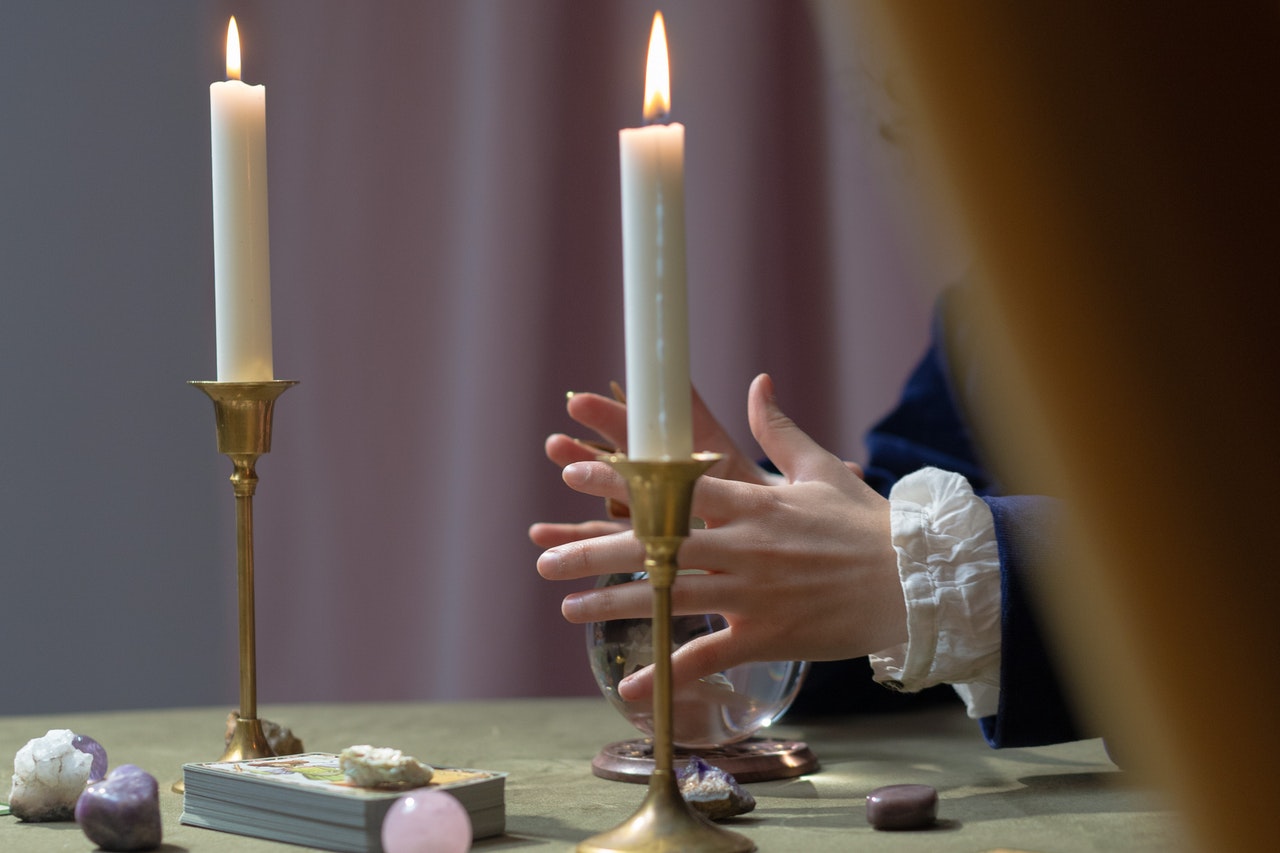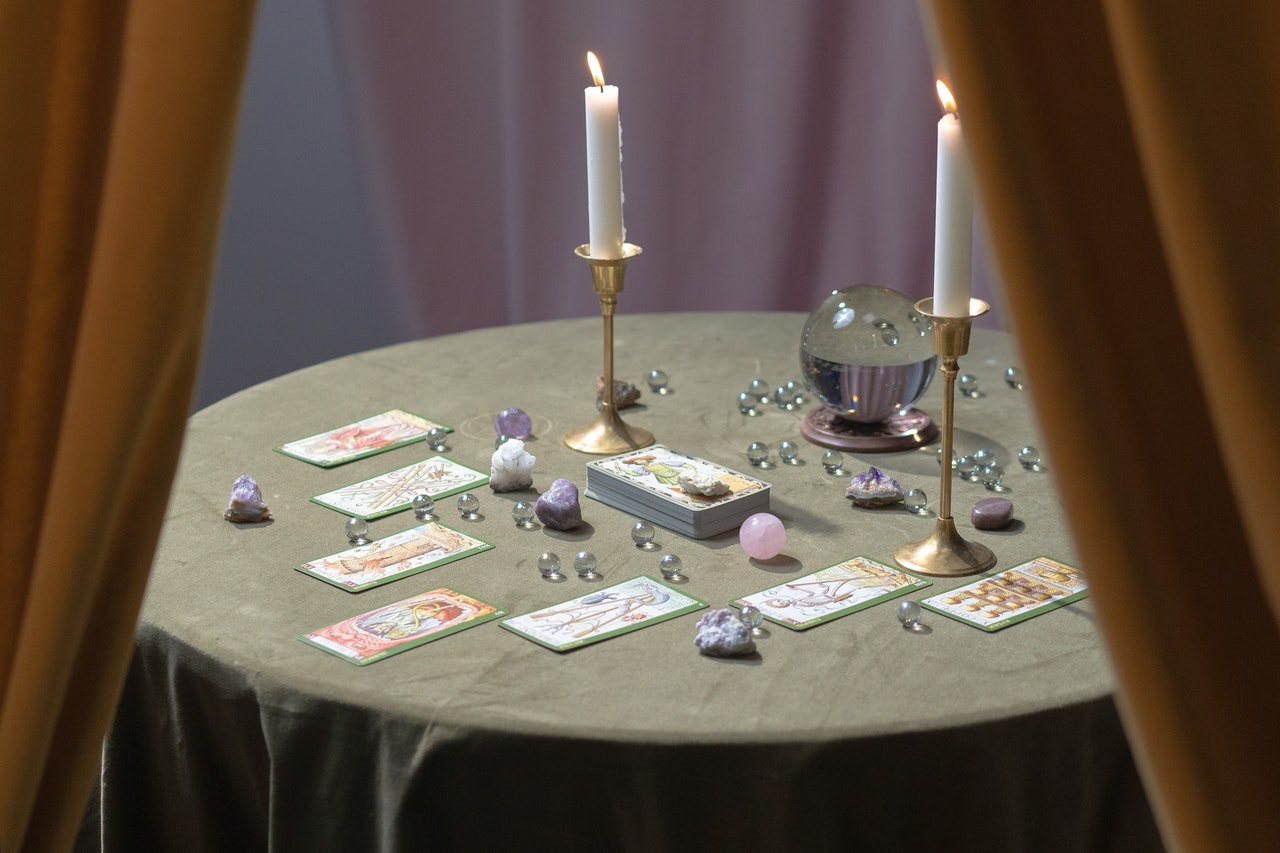How Can You Interpret Tarot Cards Meanings Effectively?
Tarot Cards Meanings - Discover which Tarot cards each contains, in addition to the keywords, symbols, and narratives within. These are the professional Tarot card interpretations that I use in my Tarot readings and that you may now use as well!
Author:Evelyn AdamsReviewer:Mia ThompsonJan 04, 2024911 Shares24.6K Views
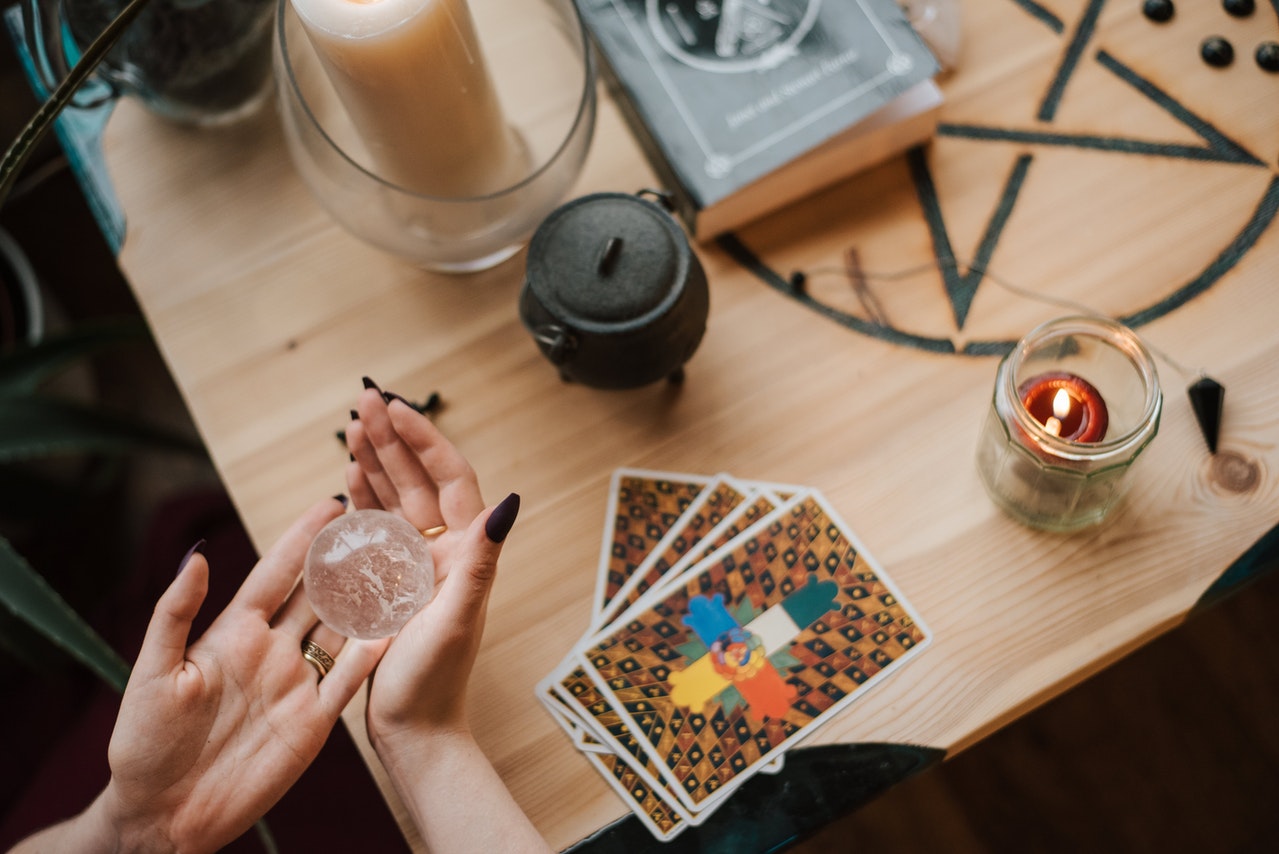
Tarot Cards Meanings- Discover which Tarot cardseach contains, in addition to the keywords, symbols, and narratives within. These are the professional Tarotcard interpretations that I use in my Tarot readingsand that you may now use as well!
Allow these Tarot card interpretations to assist you, but do not rely on them only for information. Tarot cards have no correct or incorrect interpretations. Yes, conventional Tarot card readingsexist, but I strongly suggest you go with your intuition and choose the interpretations that seem most authentic to you.
What Are The Meanings Of The Different Types Of Tarot Cards?
Regardless of their design variances, all tarot cards have key similarities. Each deck has 78 cards divided into two groups: major and minor arcana. The major arcana are the deck's 22 trump cards, which when drawn during a reading frequently connect to more significant influences and discoveries. These cards are used to represent big life events and/or figures and have no suits.
The minor arcana, on the other hand, deal with more everyday concerns and consequences. The four suits that these 56 cards are divided into are wands, swords, pentacles, and cups. (Although some tarot decks refer to pentacles as "coins," they are just substitutes for the four fundamental divisions.)
Each suit represents a different facet of life. Wands are frequently associated with creativity and passion, whereas swords, pentacles, and cups are associated with work and money. Additionally, each suite correlates to a set of astrological signs, such as wands for fire, swords for air, pentacles for Earth, and cups for water.
These interpretations can be employed when the cards represent people and their zodiac signs, but because we're beginners, we'll be using the functional definitions the most. A three-card spread with three pentacle cards, for example, clearly indicates a money problem.
Tarot Cards Meanings Minor Arcana
The Minor Arcana consists of 56 cards divided into four suits: wands, cups, swords, and pentacles. Court cards (King, Queen, Knight, and Page) might be read as persons or personalities, but they can also symbolize "parts of ourselves that we're being urged to recover," according to Matassa.
While the Major Arcana depicts larger issues, the Minor Arcana is mainly concerned with your daily life. That isn't to imply they aren't vital! The weather is the Minor Arcana's counterpart to the season. This is what each suit means:
Wands
The wands suit is associated with the element of fire, which represents our passion and vitality. According to Matassa, wand cards are about "infusing deeper significance into a banal situation," as well as creativity, purpose, and how we offer our particular power.
Cups
Water is linked to the suit of cups, which is related to emotions, sentiments, and intuition. "For me, it's about those internal waterways, the internal, emotional experience," Matassa adds.
Swords
The suit of swords is associated with air and the mental world, whether it be intelligence and thoughts or the manifestation of those thoughts. Matassa frequently explores what the cards suggest about "becoming caught with mental patterns and tales we tell ourselves" when using this suit.
Pentacles
Pentacles are associated with the material world since they are tied to the ground. They're frequently linked to money, but they may also represent our beliefs, worth, and emotions of security.
How To Read Tarot Cards Meanings
You'll need a tarot deck first. The Rider-Waite deck, designed by designer Pamela Colman Smith and launched in 1910, is the most popular and well-known. These cards are noted for their straightforward picture, color palette (which includes a lot of yellows, sky blue, and grey), and meaning.
Many people recommend the Rider-Waite deck to novices because the meanings of the cards are typically obvious — and if they aren't, there are plenty of interpretationresources available in books and online.
Many decks, notably the Rider-Waite, include a little sheet of paper that defines each of the most popular interpretations for each card.
Though it is the most well-known deck, the Rider-Waite is far from the sole option for a beginner reader.
The Wild Unknown deck is particularly lovely, however, newbies should be aware that it is a little less straightforward. The Morgan Greer deck is like a supercharged Rider-Waite: the symbols are identical, but the faces are larger and bolder, and the colors are more vibrant and diverse.
Modernized, diversified decks, as well as Game of Thrones-themed decks, are available. The most essential thing is to choose a deck with artwork you like and symbolism you can understand. Because you'll be the one utilizing them, they should match your personality and style.
What Is The Best Way To Shuffle Tarot Cards?
Before beginning a reading, shuffle the Tarot cards. It allows you to focus on the reason for your reading and imprint your energy on the cards. Before shuffling, take a moment to relax and tune into your intuition.
Then mix the cards on the table and put them back together in any fashion that feels right – cut or fan the deck repeatedly, or simply jumble the cards on the table. It's difficult to make a mistake when mixing your Tarot cards.
It makes no difference how you shuffle; what matters is your purpose. While shuffling, be present and totally focused on the subject for which you seek answers.
People Also Ask
What Is The Most Common Tarot Deck?
The Rider–Waite deck of tarot cards. The Rider–Waite tarot deck is a popular choice for reading tarot cards. The Rider–Waite–Smith or Rider tarot deck is another name for it.
What Do Tarot Cards Symbolize?
What do tarot cards indicate in general? Tarot cards are used to provide direction and "medicine" for what is going on in your circle, including love, money, work, aspirations, and overall life path.
Are Tarot Cards Part Of Astrology?
Conclusion
Tarot Cards Meanings have been used for millennia to actualize insight.
Tarot cards are an ancient type of divinationthat can aid spiritual communication with your inner soul, awareness, and spirit guides. It's a technique for bringing what's on the inside out into the physical realm.
The image on each card contains a number of levels that relate to querents. In other words, getting a tarot card readingwill get you closer to the truth and clarity.
Since the resurgence of tarot in the Aquarian Age, the practice of reading celestial cards has become increasingly popular and advanced over the world. You may now quickly and simply join up for a tarot readingservice online and receive insightful messages or forecasts.
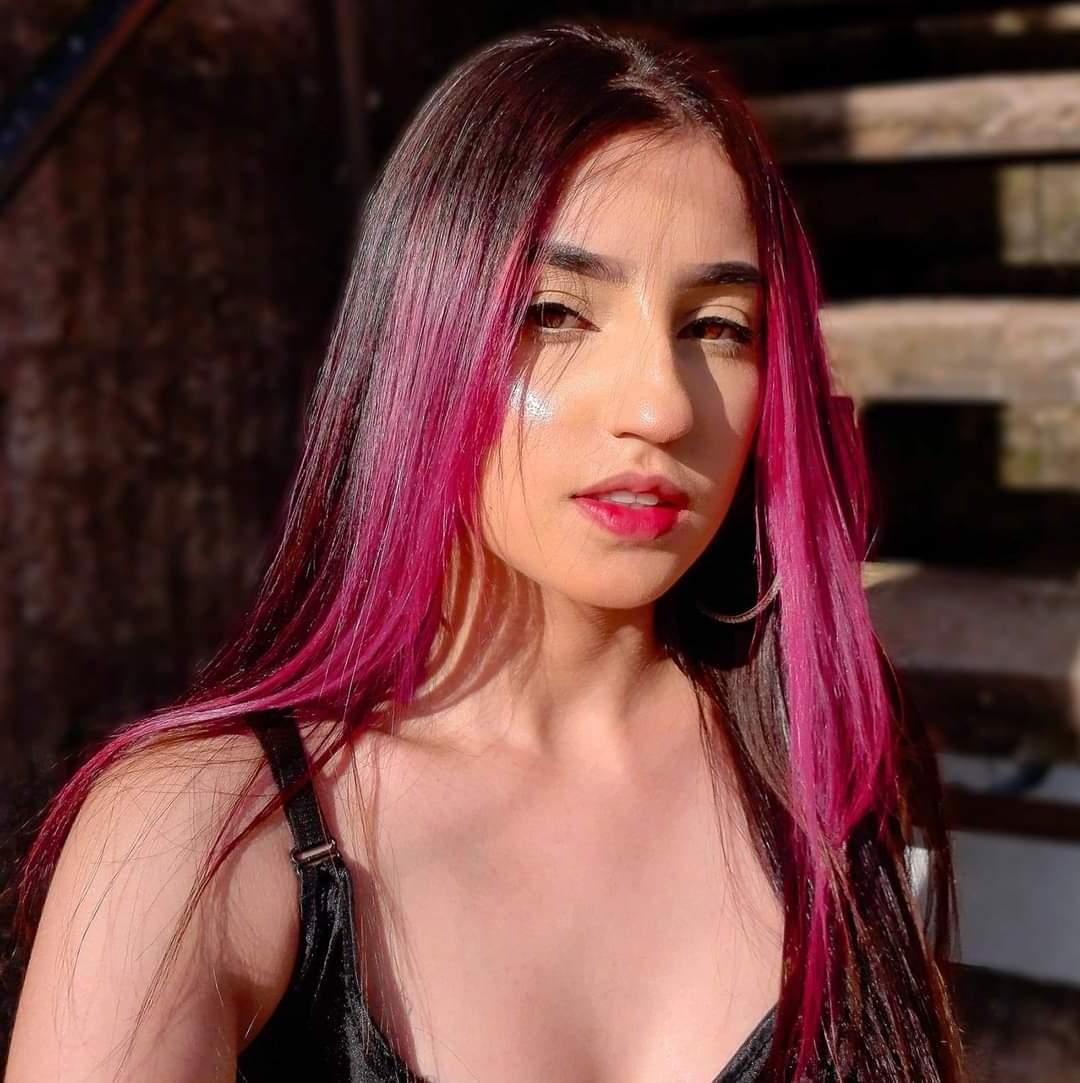
Evelyn Adams
Author
Evelyn Adams is a dedicated writer at Kansas Press, with a passion for exploring the mystical and uncovering hidden meanings.
Evelyn brings a wealth of knowledge and expertise to her insightful articles. Her work reflects a commitment to providing accurate information, thoughtful analyses, and engaging narratives that empower readers to delve into the mysteries of the universe.
Through her contributions, Evelyn aims to inspire curiosity, spark imagination, and foster a deeper understanding of the supernatural world.

Mia Thompson
Reviewer
Mia Thompson is a versatile writer at Kansas Press, delving into a range of topics including news, spiritual exploration, astrology, and numerology. With a passion for delivering insightful and informative content, Mia's articles provide readers with valuable perspectives and thought-provoking insights into these intriguing subjects.
She is dedicated to creating content that resonates with readers and fosters a deeper understanding of complex topics.
Latest Articles
Popular Articles
